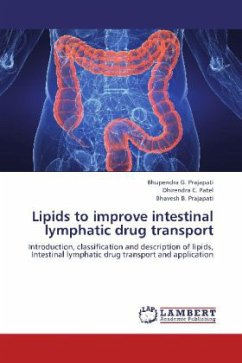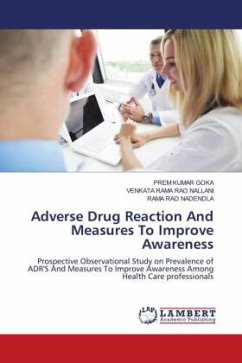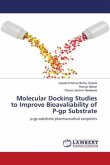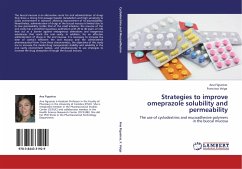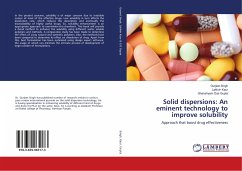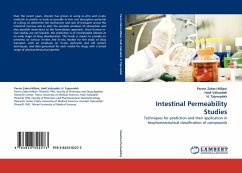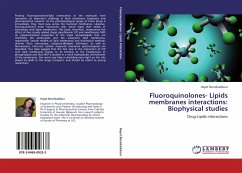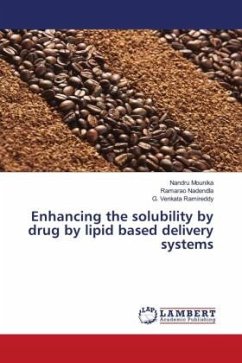After oral administration, the majority of drug molecules are absorbed across the small intestine and enter the systemic circulation via the portal vein and the liver. For some highly lipophilic drugs (typically log PN5, lipid solubility 50 mg/g), however, association with lymph lipoproteins in the enterocyte leads to transport to the systemic circulation via the intestinal lymph. The attendant delivery benefits associated with lymphatic drug transport include a reduction in first pass metabolism and lymphatic exposure to drug concentrations orders of magnitude higher than that attained in systemic blood. In the current review we briefly describe the mechanisms by which drug molecules access the lymph and the formulation strategies that may be utilised to enhance lymphatic drug transport. Specific focus is directed toward recent advances in understanding regarding the impact of lipid source (both endogenous and exogenous) and intracellular lipid trafficking pathways on lymphatic drug transport and enterocyte based first pass metabolism.
Bitte wählen Sie Ihr Anliegen aus.
Rechnungen
Retourenschein anfordern
Bestellstatus
Storno

